|
A month ago, I visited the Atlanta Botanical Gardens and enjoyed their spectacular show "Imaginary Worlds" which was composed of giant mosaicultures. I especially liked the 25-foot-tall earth goddess who watched over the dragonflies and damselflies of the cascading pools. I was also very impressed with their children's garden, which included a tiny pea-patch garden, a sandbox dinosaur nest, Peter Rabbit's tool shed, a butterfly arch and caterpillar tunnel, a waterfall with elves, and a sunflower fountain to run and play in. It was pretty magical, and it was packed with parents and children exploring and playing. Yay! What could be better on a 95+ degree day?
0 Comments
directly on the food source (wounds, dung, or carrion). It turns out that the adult Flesh Fly only drinks sweet fluids, like flower nectar, which is what it was after in my backyard.
Whatever you do, do not eat the larvae! Flesh Flies may-but not likely- carry leprosy. Yuck. Not that you would. More interesting bits from the BugLady.
Sempervivum flowering, also known as "hens-and-chicks", a succulent native to Europe and Northern Africa, and which our resident European wool carder bees (Anthidium manicatum)jealously guard (makes sense to me). Rusty, of HoneyBee Suite, has an informative post about these immigrants, which were discovered in the U.S. in 1963 and made it to the west coast by 2007. Of course, the honeybee is also of European origin, as they were brought to the east coast in 1622; it took them another 231 years to reach the west coast, and not by their own volition-honeybees were brought to both California and Oregon by early settlers. Apis Mellifera on borage blossom-like my ancestors, they are immigrants from Europe
This time of year we find an abundance of yellowjackets stalking our honey bees, and yesterday I found these little ladies giving this yellowjacket a hard time. The bees are "balling" the yellowjacket, killing it with heat from their vibrations. I was happy to see them fighting back, as the yellowjackets rob honey, eat bee brood, and they take down our bee-girls as they return home laden with nectar and pollen. You Go Girls!
Want to know a little more about yellowjackets? Visit BeeFriendly, from Vancouver B.C. A glimpse of the past from my original BeePeeking blog. Our garden is an ever-evolving palette as we continue to paint with nature in mind. This was a year of herb and wildflower abundance!
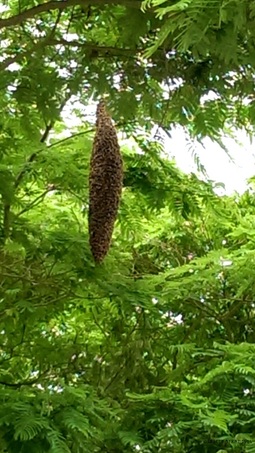 These honey bees were spotted in my neighborhood in June; they were a bit too high for us to rescue, so instead I captured them with my camera. When honey bees swarm they are docile as they are not protecting their hive. In fact, they have left their hive with their old queen and are looking for a new home. When swarming, the bees find a perch and surround the queen. They send out scouts who visit all the possibilities in the neighborhood, then come back and give the details to the group who come to a consensus. You can capture a swarm of bees by simply brushing them into a box, or (if you have a ladder tall enough) cutting the branch and letting them gently drop into your box. You then carry them home and shake them into the empty bee hive, and hope that they approve! If you do not have a ladder this tall, you should call Marvin Johnson, our favorite BeeGuy. When I first discovered this wood moth it was not hiding very well; the little guy was perched on my cream-colored blanket hanging on the line. I moved him to the garden where, as you can see, he disappeared in an instant! I hung around until he made the "twig" move again (which is much more convincing on bark then posing as a twig on a blanket).
I am enjoying Florida, and especially this Lepidoptera Papilionidea that is flittering about the Myers Lemon tree in the backyard. This artsy-looking butterfly's wingspan is from 4.6" to 7.4" and is common in Florida, but not in Seattle! Their range is eastern North America west to the Rockies, south through the desert Southwest to South America. These lovely photos were taken by Donald Hall (top image) and Greg Clark (second image). After chasing a couple of Giant Swallowtails around the yard- at 92 F and 98% humidity and not getting anything close to these-google butterfly hunting won out for images. Thank you guys!
|
AuthorTracey Byrne~ Categories
All
Archives
June 2024
|

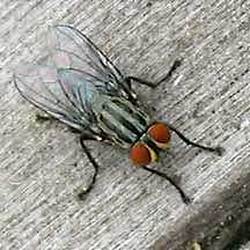
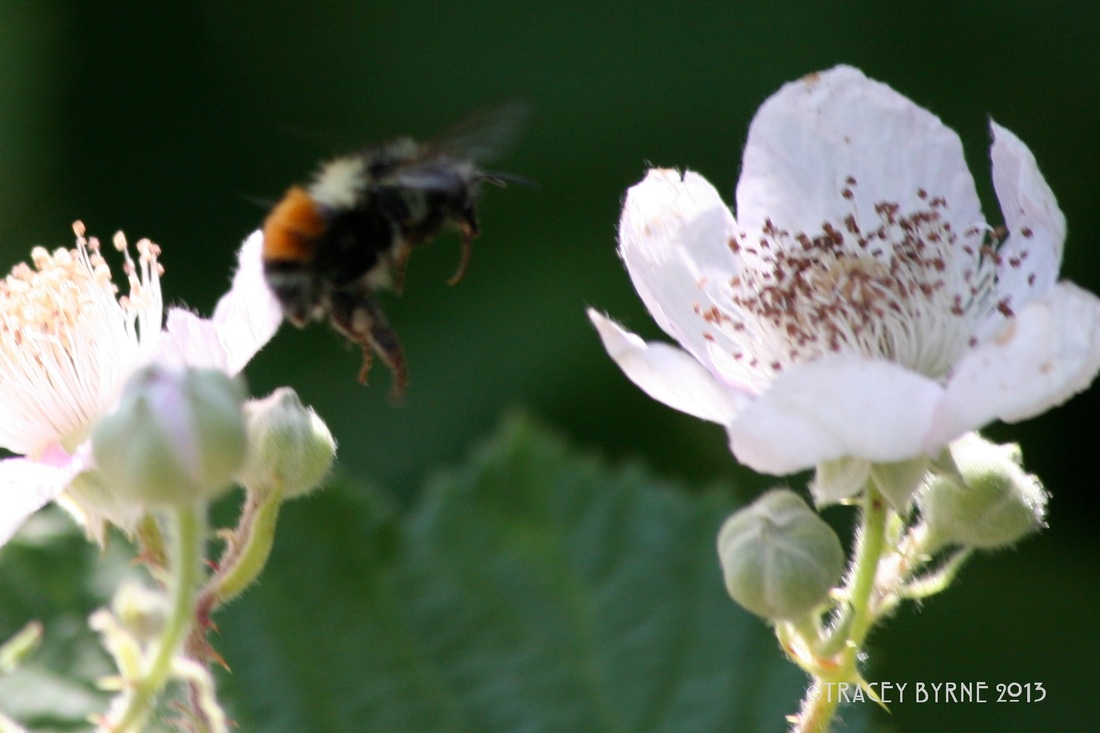
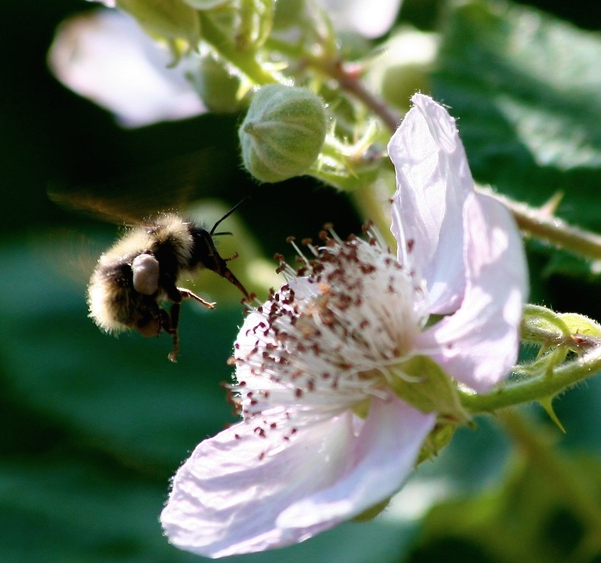
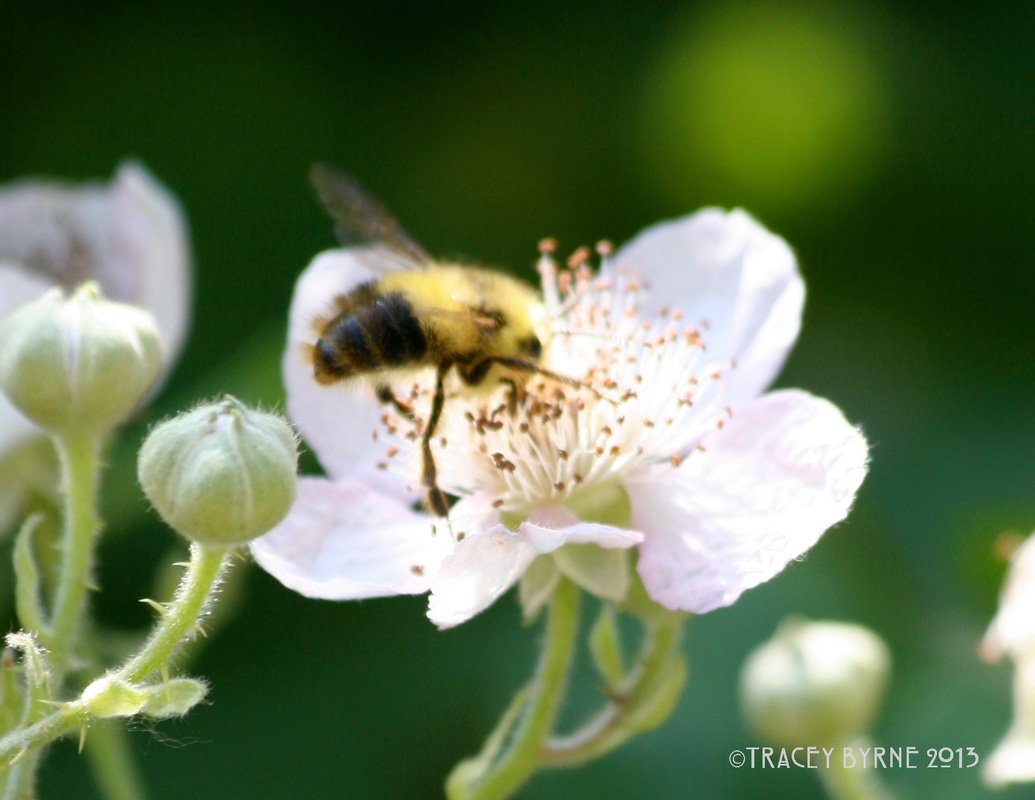
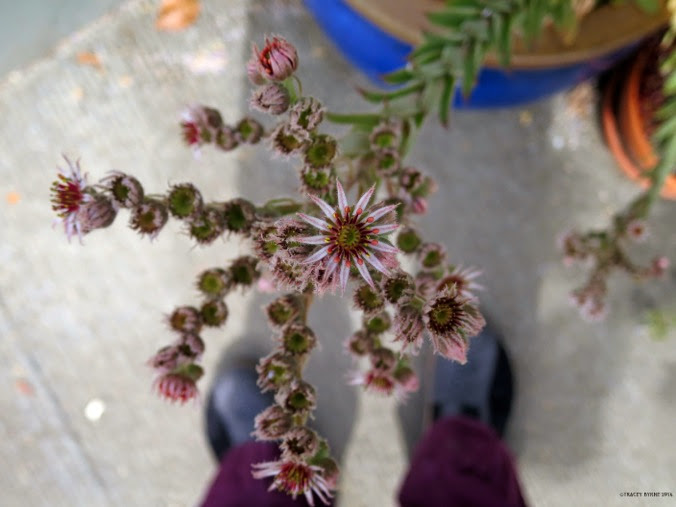
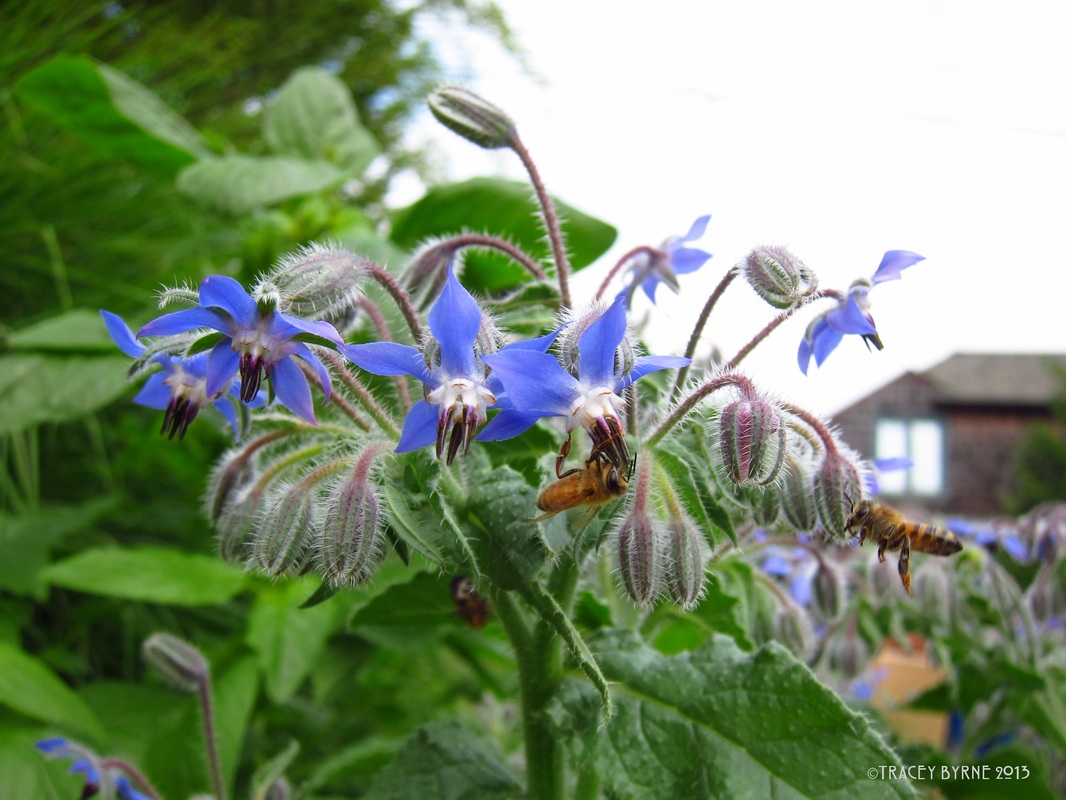
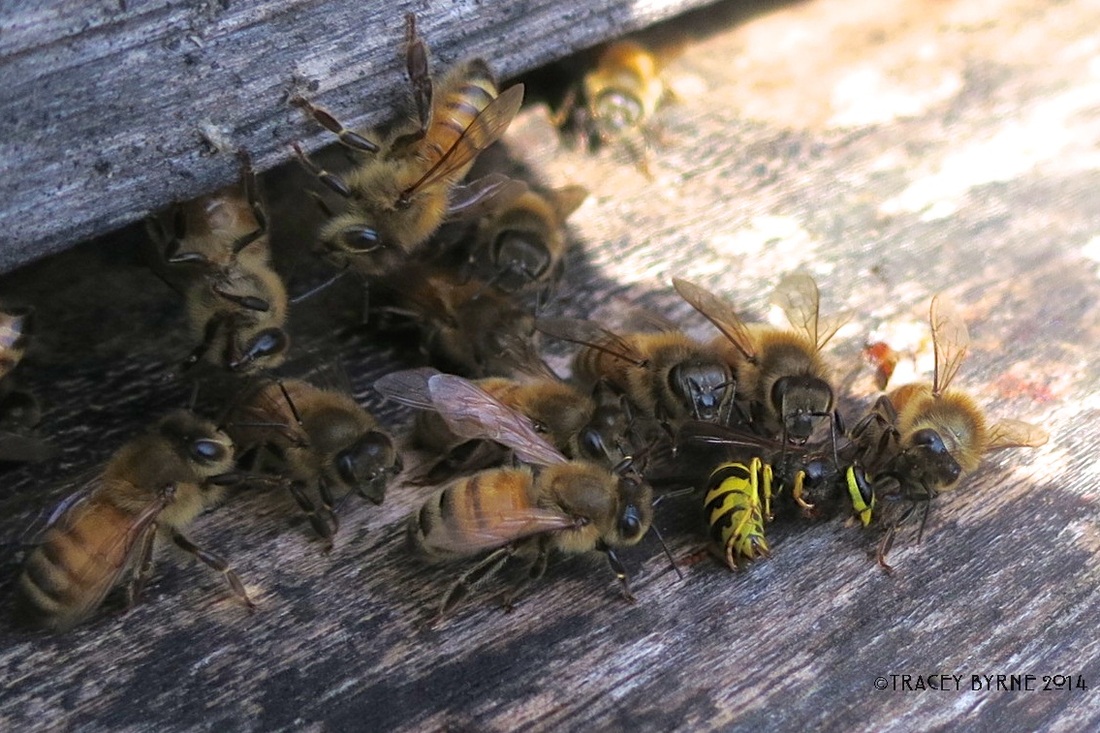
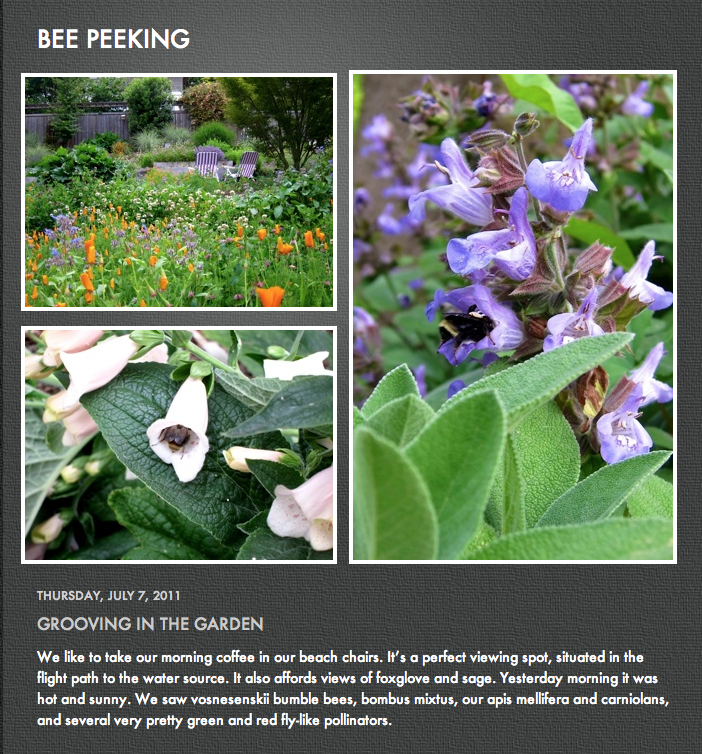

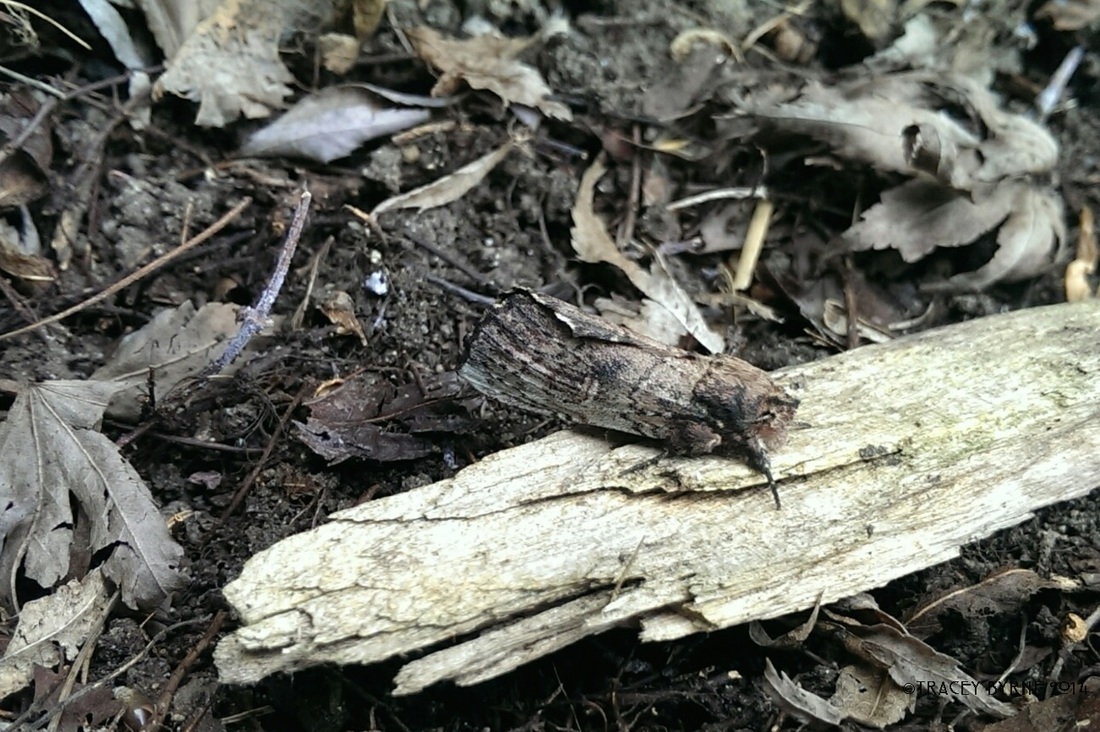
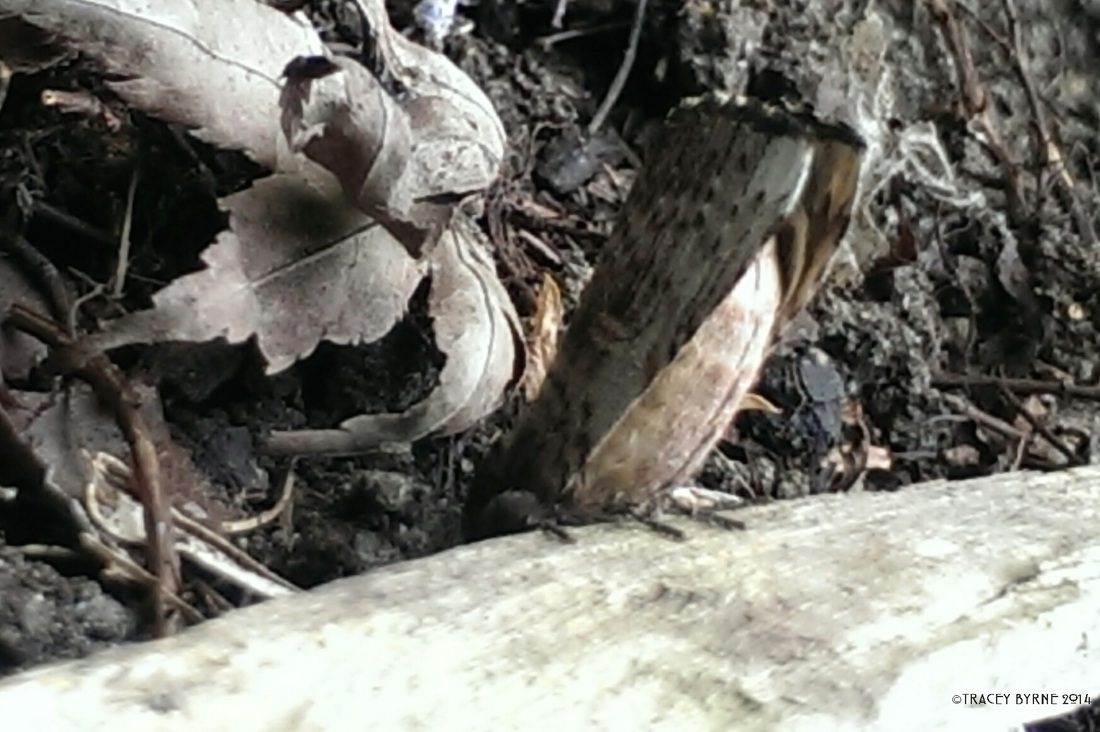
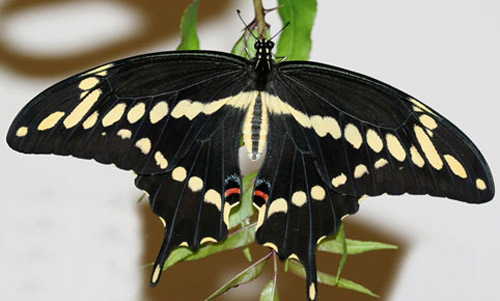

 RSS Feed
RSS Feed
